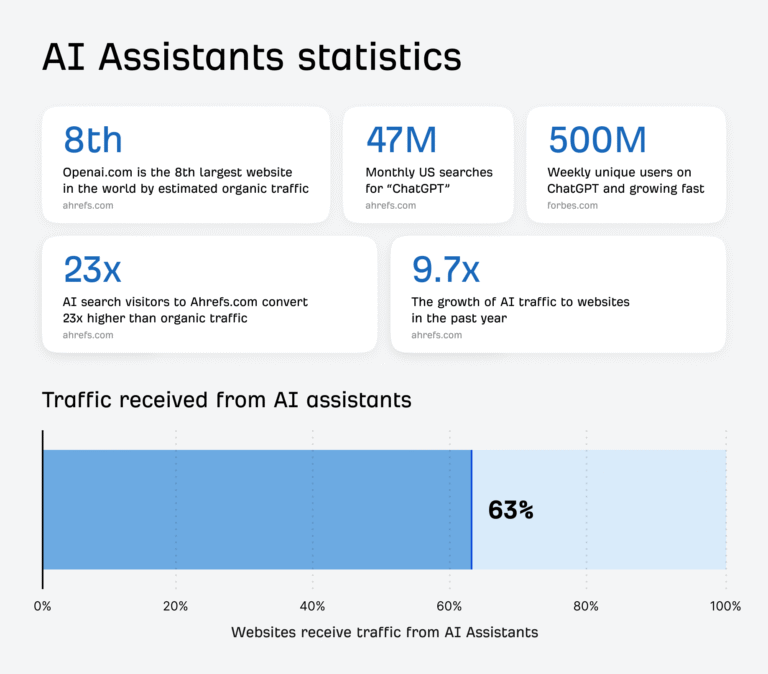Monetizing DBaaS with VMware Data Services Manager: A Guide for Cloud Service Providers
The demand for Database-as-a-Service (DBaaS) is rapidly increasing as enterprises focus on digital transformation, application modernization, and efficient operations. For Cloud Service Providers (CSPs), this presents a significant revenue opportunity, and VMware Data Services Manager (DSM) is a powerful platform to capitalize on it.
VMware DSM simplifies the provisioning, lifecycle management, and monitoring of open-source and commercial databases (like PostgreSQL, MySQL, Microsoft SQL (Tech Preview) across a VMware Cloud Foundation (VCF) environment. By offering this solution, CSPs can transform infrastructure management into a high-value, self-service data offering.
The Value Proposition for Cloud Service Providers
Monetizing VMware DSM involves leveraging its core features—automation, policy-based control, and multi-tenancy—to deliver superior service with optimized operational efficiency.
- Enhanced Operational Efficiency & Reduced Costs
- DSM automates tedious, repetitive tasks like provisioning, patching, scaling, and backups. This means:
- Lower OpEx: Less reliance on expensive, specialized staff for routine operations. Existing VI admins can manage the underlying infrastructure, while the platform handles the database lifecycle.
- Rapid Time-to-Service: Developers can provision databases in minutes via self-service catalogs (especially when integrated with VMware Cloud Director or VCF Automation), accelerating application deployment and shortening time-to-market for tenants.
- Standardization: Policy-based management ensures every database instance meets pre-defined security, compliance, and configuration standards, reducing configuration drift and troubleshooting time.
- DSM automates tedious, repetitive tasks like provisioning, patching, scaling, and backups. This means:
- Premium Service Offering & Differentiation
- A fully managed DBaaS offering is a powerful differentiator in a competitive cloud market.
- High-Value Services: Instead of just offering raw VMs, provide a full-stack, enterprise-grade data service with guaranteed SLAs, built-in high availability (HA), and disaster recovery (DR) options.
- Attract Modern Workloads: Support for modern, cost-efficient open-source databases (PostgreSQL, MySQL, and Microsoft SQL) appeals to customers modernizing their application stack and seeking to avoid proprietary licensing costs.
- Security & Compliance: DSM’s features, like integrated security and policy enforcement, allow you to offer sovereign cloud solutions that meet strict data residency and regulatory mandates.
- A fully managed DBaaS offering is a powerful differentiator in a competitive cloud market.
Core Monetization Strategies
CSPs can adopt several flexible models to generate revenue from their DSM-powered DBaaS.
- Usage-Based Pricing (The Cloud Model)
- This model directly ties billing to resource consumption and is the most common cloud approach.
| Pricing Component (Example) | Description | CSP Monetization |
|—————————–|————-|——————|
| Compute/VM Class | CPU/Memory allocated to the database VM. | Charge per-vCPU-hour or GB-RAM-hour used by the database instances. Offer tiered VM classes (e.g., Small, Medium, Large, Optimized) for easier customer choice. |
| Storage (I/O) | Storage capacity and performance (IOPS/Latency) consumed by the database. | Charge per-GB-month with different service tiers: Standard (lower cost, lower IOPS) and Premium (higher cost, guaranteed high IOPS, leveraging vSAN storage policies). |
| Data Transfer | Egress network traffic from the database. | Charge a small fee per-GB of data egress (data leaving your cloud environment). Ingress is typically free. |
- Feature-Based Tiers (Value-Add)
- Create tiered DBaaS offerings that bundle core services with valuable add-ons. An example is below.
| Service Tier (Example) | Feature Inclusion | Monetization Hook |
|————————|——————-|——————-|
| Basic | Core DB instance, automated provisioning, basic monitoring. | Entry-level price point to drive adoption. |
| Basic Plus | Standard features + Automated Backup & Restore, enhanced performance metrics, 99.9% SLA. | Higher recurring fee; monetize automated backups by charging for storage consumed by backups and for restore operations. |
| Advanced | Professional features + High Availability (HA) (cross-cluster replicas), Disaster Recovery (DR) (cross-site replication), FIPS Compliance, dedicated support. | Highest recurring fee; monetize the extra compute/storage required for HA/DR replicas. |
- Operational and Managed Services
Monetize the expertise required for Day 2 operations, extending beyond the automated platform.
- Managed Database Service (MDS): Offer a fully managed service where your team takes on performance tuning, custom configuration, complex query optimization, and schema changes. This is a high-margin professional service.
- Consulting/Migration Services: Charge for helping customers migrate their legacy databases (e.g., proprietary SQL Server/Oracle) onto open-source DSM-managed instances.
- Custom Templates/Policies: Charge for defining and managing bespoke infrastructure policies, security configurations, or VM classes for specific high-compliance tenants





